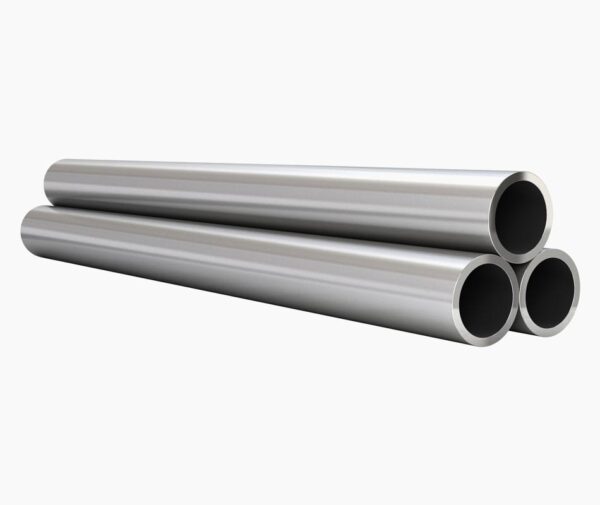Description
It has a shear modulus of 76 GPa, making it suitable for applications which are dynamic and require shear strength. The alloy is typically furnished in annealed condition. Electric resistance as well shielded fusion welding methods are normally used in its production.
The ductility of the alloy is maximized by post welding annealing, which results in removal of internal stresses. The alloy can be conveniently machined due to its soft and ductile characteristics. The thermal conductivity of the alloy is 27 W/mK, which is appropriate to be used in engineering applications. Unlike other grades with 12% Cr stainless, the SS 405 is invulnerable to extensive hardening through air cooling from higher temperatures.
Forging can be done on this grade appropriately, by first soaking the alloy at the temperature of 850 °C, and then increasing to about 1150 °C. The process is followed by air cooling and annealing.
Chemical Properties
| Grade | C | Al | Mn | Si | Cr | S | Fe | P | |
| SS 405 | Min. | – | – | – | – | – | – | – | – |
| Max. | 0.08 | 0.2 | 1.00 | 1.00 | 13.00 | 0.030 | 85.00 | 0.040 |
Physical Properties
| Density | 7.80 g/cm3/0.282 lb/in³ |
| Melting Point | 1325 -1370 (°C) / 2415 – 2500 (°F) |
| Thermal Conductivity @ 70°F | 27.0 W/mK/187 BTU in/hr.ft².°F |
| Young’s Modulus E GPA | 220 |
| Shear Modulus E GPA | 83.5 |
| Resistivity(μΩ.cm) | 60 |
| Permeability At 200 Oersted (15.9 Ka/M) | 1.0002 |
| Annealing | 750/800°C (1382 /1472°F) |
| Poisson’s Ratio | 0.27-0.30 |
General Data
| Standard | SS 405 |
| UNS | S40500 |
| WERKSTOFF NR. | – |
| EN | 1.4002 |
| BS | – |
| GOST | X6 Cr Al 13 |
| JIS | – |
| OR | – |
Standards Specifications
PIPES & TUBES
| Summary | Standards |
| Standard Specification For Seamless Stainless Steel Mechanical Tubing | ASTM A511 |
| Standard Specification for Seamless and Welded Ferritic and Martensitic Stainless Steel Tubing for General Service | ASTM A268 |
Forms of Supply
Seamless tubes.
Corrosion Resistance
The grade is susceptible to corrosion and rust under various media. The grade has martensitic microstructure, which makes it lesser corrosion resistant than austenitic grades. Post weld heat treatment can increase corrosion resistance.
Heat Treatment
The alloy can be hardened by soaking it at 982- 1010°C and then performing oil quenching. The alloy prevents itself from extensive hardening from higher temperatures through air cooling. Post processing will require annealing in the alloy for the removal of internal stresses, which can be done by heating the alloy at about 649- 760°C, maintaining the temperature and then cooling.
Weldability
Shielded fusion and electric resistance welding are the recommended methods for welding the grade SS 405. Oxyacetylene is certainly not suitable and hardening of the grade is controlled with 405 Cb electrodes that contain columbium. Post weld annealing can be required.
Machining
Ferritic SS grade 405 is conveniently machined using standard workshop techniques because of its ductile grain structure. Using forming techniques, the alloy can be easily spun, drawn and formed.
Applications
Partitions, Steam nozzles, Annealing boxes, quenching racks, lining in pressure vessels.
Possible Grade and Alternatives
GRADE SS 405
| Grade | C | Ni | Mn | Si | Cr | S | Fe | P | |
| SS 405 | Min. | 0.08 | – | – | – | 11.5 | – | – | – |
| Max. | 0.15 | 0.75 | 1.00 | 1.00 | 13.5 | 0.03 | Bal. | 0.040 |


